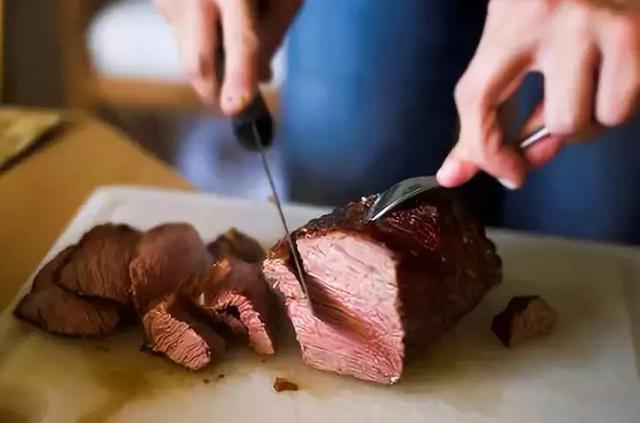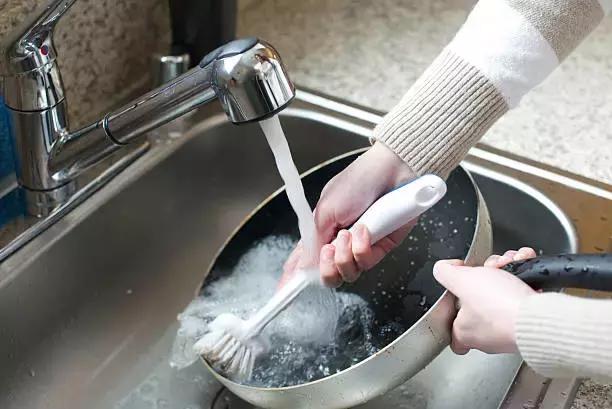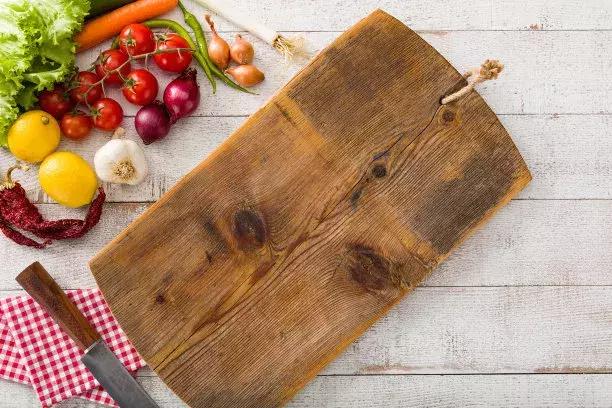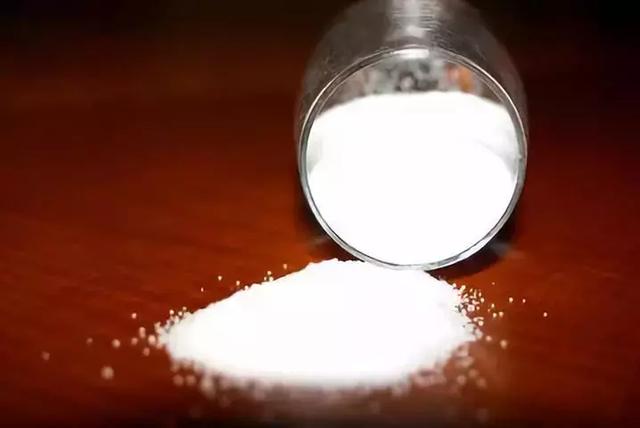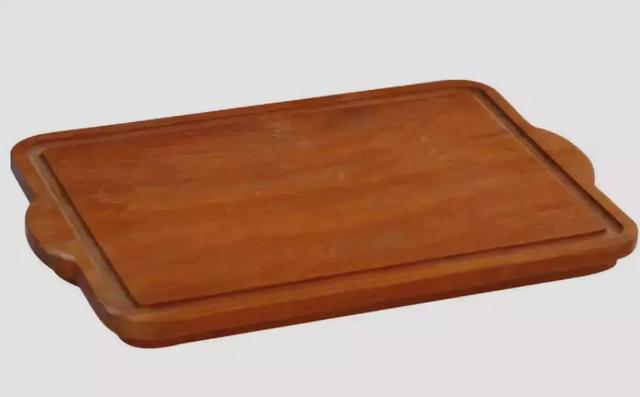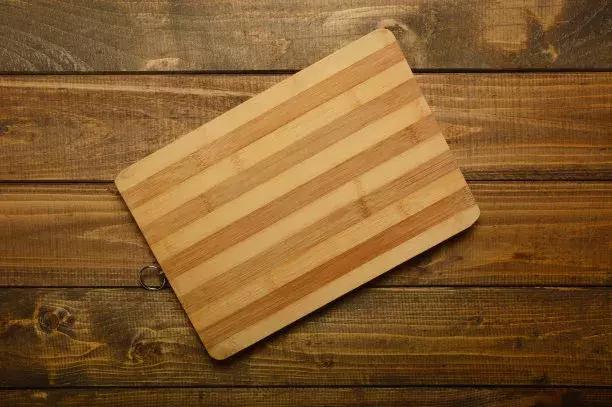The Cutting Board Is A Must-Have In Every Household’s Kitchen, But It Is An Inconspicuous Place That Can Easily Harbor Dirt And Evil.
A Group Of Research Data From The United States Shows That The Bacterial Content Of Daily Household Wooden Or Plastic Cutting Boards May Be As High As 26,000/C㎡, Which Is Dirtier Than A Household Toilet!
The “Danger” Of Chopping Boards
How Did A Small Chopping Board Become A “Health Killer”?
1. Bacteria In Food
Food Will Come Into Direct Contact With Kitchen Knives And Cutting Boards. When Cutting Raw Food, Bacteria In The Food Will Remain On Them, And There Are More Bacteria And Parasite Eggs On Lettuce. Especially When Raw And Cooked Food Are Mixed, Bacterial Contamination On The Cutting Board Will Be More Serious.
Once You Eat Dishes Contaminated By Bacteria, It Is Likely To Cause Diarrhea, Gastroenteritis And Other Diseases.
2. The Service Life Is Too Long
Most Families Have The Mentality Of Not Replacing The Chopping Board Until It Wears Out. Experimental Studies Have Shown That The Longer A Cutting Board Is Used, The More Serious The Bacterial Growth Becomes. In Addition To Daily Cleaning, It Must Be Replaced In Time.
3. Improper Cleaning
Many People Just Wash The Vegetables With Water After Cutting Them. The Surface May Seem Clean, But There May Be Residue Accumulated In The Knife Marks On The Chopping Board.
There Are Also Some Molds That May Not Be Removed Even By Scalding Them In Boiling Water, And May Become A Health Hazard Over Time.
There Is A Time To Change, A Way To Clean Up, And A Way To Protect.
Diseases Enter Through The Mouth, Health Is The Most Important. Although The Chopping Board Is Inconspicuous, There Are Many Doorways.
1. How Often Should It Be Replaced?
Cutting Boards Need To Be Replaced After Half A Year Of Use.
When Using Chopping Boards, Be Sure To Cut Raw And Cooked Foods Separately And Disinfect Them Regularly. If A Cutting Board Becomes Moldy, Throw It Away And Do Not Continue To Use It.
The Deeper The Knife Marks On The Cutting Board, The Easier It Is To Leave Food Residues, Which Can Lead To Mold And May Produce Aflatoxin, A Carcinogen. Therefore, Cutting Boards With Excessive Knife Marks Should Be Replaced In Time.
2. Tips For Cleaning
Baking Soda
Sprinkle Baking Soda Evenly On The Cutting Board, Then Spray A Small Amount Of Water, Scrub Clean With A Brush, And Place In A Ventilated Place To Dry.
White Vinegar
Dip An Appropriate Amount Of White Vinegar Into A Rag, Wipe It Gently On The Cutting Board, Let It Dry Naturally In The Sun, And Then Rinse It With Clean Water.
Note: The Washed Cutting Board Needs To Be Hung Up For Ventilation, Or You Can Put It In The Sun To Dry, And It Is Best To Do This Every Day.
3. Maintenance Is Also Important
Of Course, Just Cleaning The Cutting Board Is Not Enough. You Must Also Pay Attention To Maintenance In Daily Life, So As To Better Extend Its Service Life.
Vegetable Oil – Anti-Cracking
Apply Cooking Oil To The Upper And Lower Sides Of The Newly Purchased Chopping Board And Its Surroundings. Wait For The Oil To Absorb And Then Apply It Again. Apply It Three Or Four Times.
If The Surface Of The Cutting Board Becomes Dry And Rough After Being Used For A Long Time, You Can Apply Some Coconut Oil To Protect It To Reduce The Possibility Of Further Cracking.
Boiling Water – Anti-Mildew
Put The Cutting Board Into Boiling Water And Boil It For 20 Minutes, Then Put It In A Ventilated Place To Dry Naturally.
Tips For Choosing Cutting Boards
There Are Two Basic Principles For The Use Of Cutting Boards: Use Them For Both Raw And Cooked Dishes, And Separate Meat And Vegetables.
An Average Home Kitchen Requires At Least Three Cutting Boards To Meet All Needs. One For Cutting Vegetables, One For Raw Food, And One For Cooked Food.
So What Materials Should These Three Cutting Boards Be Made Of?
[Applicable Ingredients]: Suitable For Chopping Meat Or Cutting Hard Food.
[Selection Basis]: You Should Choose High-Quality Wood, Such As Ginkgo Wood, Saponaria Wood, Birch Or Willow That Is Not Easy To Crack.
[Applicable Ingredients]: Bamboo Chopping Boards Cannot Withstand Heavy Blows And Are Suitable For Cutting Cooked Food, Fruits And Vegetables.
[Selection Basis]: Compared With Chopping Boards Spliced With Adhesive, It Is More Recommended To Use The Whole Bamboo Process. The Advantages Are Health, No Cracking, No Deformation, Wear Resistance, Hardness, Good Toughness, Etc., And It Is Also Light And Hygienic To Use.
3. Plastic Cutting Board
[Applicable Materials]: Suitable For Making Pastries, Making Dumplings, Making Sushi And Other Light Dishes.
[Selection Basis]: It Is Best To Choose Plastic Cutting Boards That Are Translucent In Color, Of Good Quality, Uniform In Color, And Free Of Impurities And Pungent Odors.
Note: It Is Best Not To Use Plastic Cutting Boards To Cut Very Hot Cooked Food, Because High Temperatures Will Accelerate The Precipitation Of Harmful Substances.
After Each Use, It Is Best To Rinse With Hot Water At 50~60℃ And Dry Immediately After Washing.
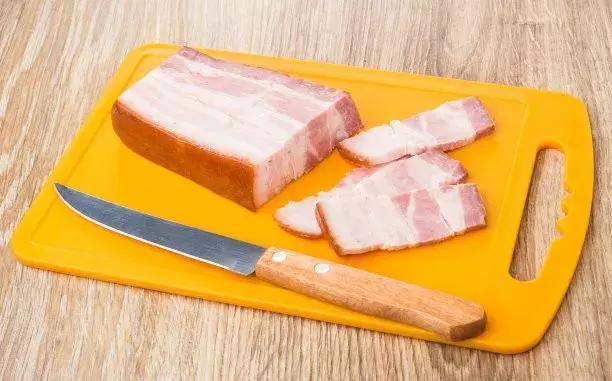
Post time: Jan-10-2024
